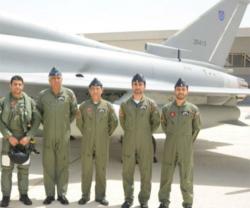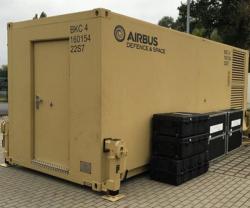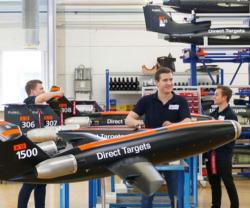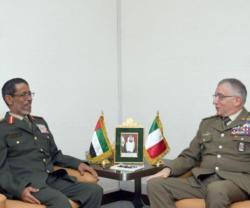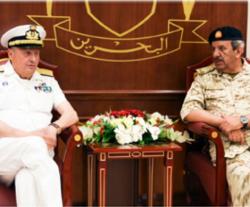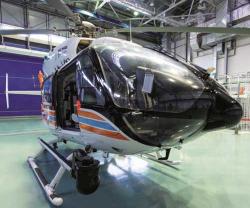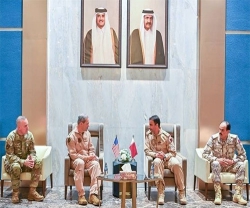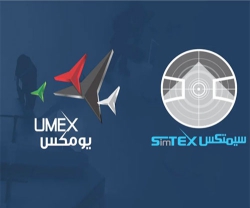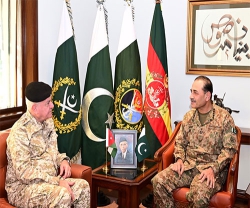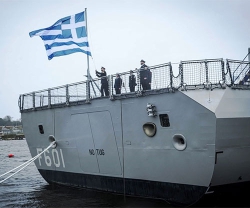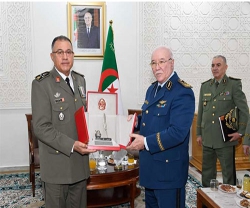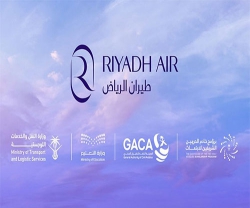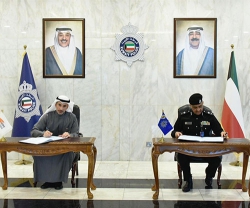Discussions covered a wide range of topics including sustaining the industrial capabilities, further developing the weapon system’s capabilities and maintaining the export competitiveness. During the meeting, a €1 billion contract for the development of a new electronic radar system was signed.
Alberto Gutierrez (photo), CEO of Eurofighter Jagdflugzeug GmbH, said: “There is no doubt that we are now at a crossroads in aerospace sector of the European defence industry. We are in the process of implementing the changes required to sustain the skills and indigenous capability that we need to sustain this major weapon system and continue to enhance its capabilities.”
“Thirty years ago, when the Eurofighter Programme was first born, a group of brave men and women had a vision. They took a risk and they decided to invest in the biggest single defence programme Europe has ever seen. In that moment they created an initiative that has sustained thousands of jobs, developed a wide range of new technologies and skill-sets and which has given Europe a competitive edge for decades. The changes we are now implementing will sustain that legacy,” he added.
Air Vice-Marshal Graham Farnell, General Manager of NETMA, the NATO Eurofighter and Tornado Management Agency, said: “Tornado and Eurofighter have shared the privilege of being the backbone of European airpower for decades and the Eurofighter Typhoon will continue this privilege for decades to come. We therefore need to continue to invest in the capabilities necessary to maintain and support this superb aircraft. I have been encouraged by the robust dialogue during the Edinburgh event and this dialogue has helped to clarify the way in which we will continue that investment whilst being cognisant of the continuing pressure on nations’ defence budgets.”
During the meeting, which involved representatives of defence ministries from the UK, Germany, Italy and Spain and also senior representatives from NETMA and industry, delegates discussed plans to continue to invest in further enhancements to the Eurofighter Programme. Topics covered included: ensuring industrial competitiveness, supporting continuing export opportunities, and safeguarding essential skills within European participating industries whilst ensuring this can be achieved within the constraints of the nations’ defence budgets.
Industry representatives presented options for delivering additional efficiencies, reducing lead times, increasing capabilities further and improving overall performance on the Programme. Alberto Gutierrez said: “We have identified genuine potential for improvements across the Programme and we are keen to work with our customer base to ensure this can be realised, recognising that this requires changes to be made and a real vision and commitment from all those involved. It is my firm belief that we need to continue to invest in Europe’s defence industry, so we can maintain long-term strategic support to this major weapon system.”
Eurofighter Typhoon, a new generation swing-role combat aircraft, is the largest military procurement programme in Europe.
Seven nations (Germany, the United Kingdom, Italy, Spain, Austria, Saudi Arabia and Oman) have already ordered the Eurofighter Typhoon.
Since delivery of the first Eurofighter Typhoon to the Royal Air Force in the United Kingdom at the end of 2003, a total of 420 aircraft have been delivered to six nations and over 268,000 flying hours have been achieved.


